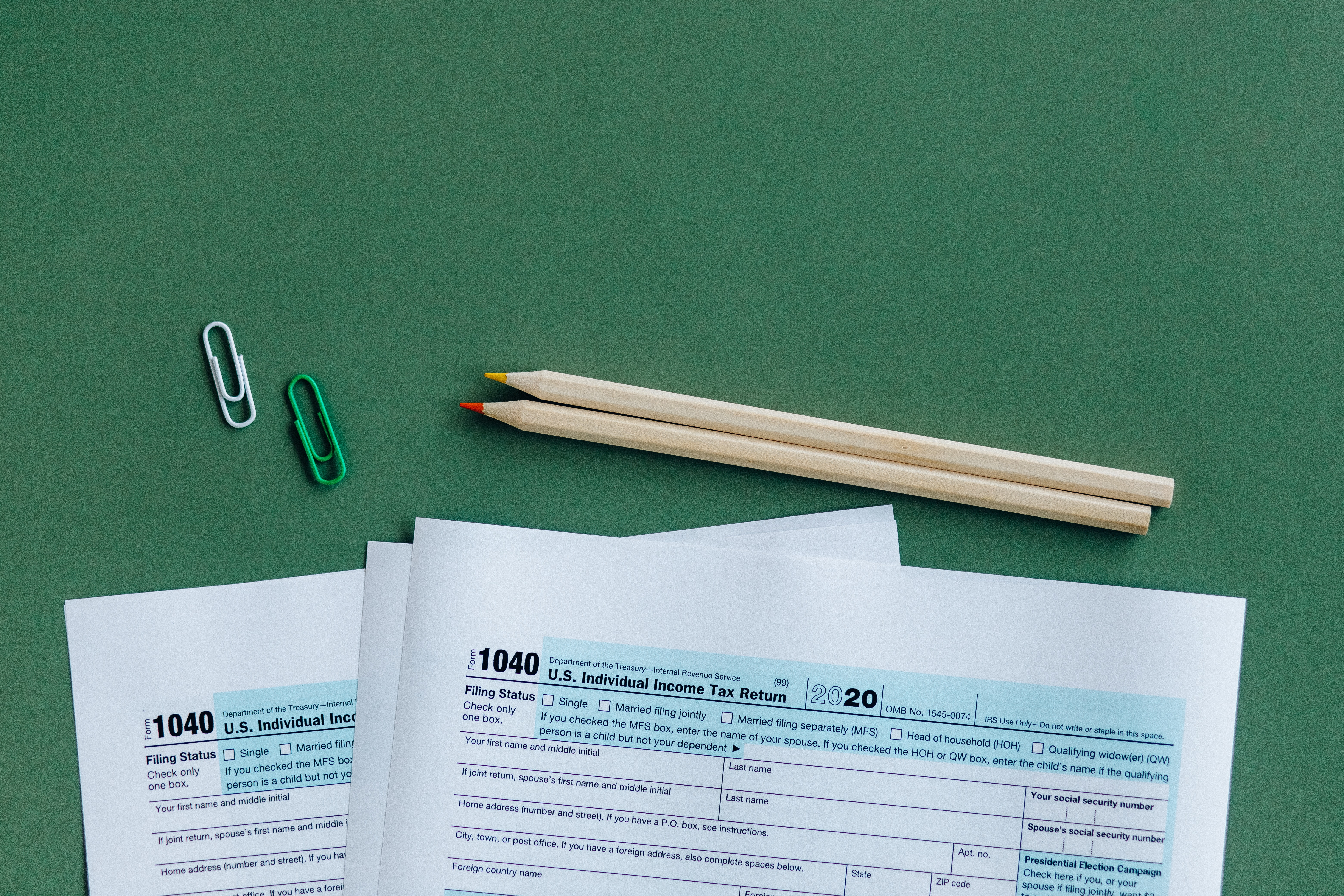Share this
by Matt Waters, CPA on June 15, 2020
What are Lease Incentives?
Lease incentives, sometimes called tenant inducements, are enticements lessors provide to encourage lessees to sign a lease. The most common type of inducement is the tenant improvement allowance (TIA). The TIA reimburses or pays lessees for property improvements. Other examples of lease incentives are listed below:
- Paying cash to a lessee at or before lease inception
- Providing a period of free rent
- Paying for moving expenses
- Paying a lessee’s termination penalty on an existing lease
- Buying out a lessee’s existing lease obligations
- Paying key money
How to Account for Lease Incentives
When the lease incentive is paid up front, lessees should adhere to ASC 842-20-30-5 (b), on page 103 of FASB Accounting Standards, February 2016, which states that the opening balance of the ROU asset should be reduced by the amount of the incentive. When the lease incentive is paid up front, the opening lease liability is not affected.

Seconds or hours on lease accounting? You pick.
Cutting the time to remeasure lease liabilities and ROU assets
However, if the incentive is to be paid in the future, both the lease liability and the right-of-use asset are affected. When incentives are to be paid in the future, lessees should follow ASC 842-10-30-5 (a), on page 35 of FASB Accounting Standards, February 2016, which states that future lease incentives should be subtracted from scheduled lease payments. The net present value of scheduled lease payments is the basis for the opening balance of the lease liability and ROU asset.
Share this
- Lease Accounting Software (90)
- ASC 842 (83)
- Accounting Teams (53)
- Lease Administration Software (27)
- Retail Tenants (16)
- Commercial Real Estate (14)
- Lease Management (13)
- Real Estate Teams (10)
- ESG (8)
- Market Data and Analytics (8)
- Success Stories (8)
- News and Media Coverage (5)
- Transaction Management Software (2)
- frs 102 (2)
- Customer Success (1)
- Office Tenants (1)
- December 2025 (1)
- September 2025 (1)
- July 2025 (2)
- June 2025 (4)
- May 2025 (2)
- April 2025 (2)
- March 2025 (6)
- February 2025 (3)
- January 2025 (4)
- December 2024 (1)
- October 2024 (4)
- September 2024 (2)
- August 2024 (4)
- July 2024 (3)
- June 2024 (3)
- May 2024 (4)
- April 2024 (1)
- February 2024 (1)
- December 2023 (4)
- November 2023 (6)
- October 2023 (4)
- September 2023 (2)
- August 2023 (2)
- July 2023 (3)
- May 2023 (2)
- March 2023 (1)
- February 2023 (3)
- January 2023 (1)
- December 2022 (3)
- November 2022 (4)
- October 2022 (4)
- September 2022 (1)
- August 2022 (4)
- June 2022 (1)
- May 2022 (4)
- April 2022 (8)
- March 2022 (3)
- February 2022 (1)
- January 2022 (2)
- November 2021 (2)
- October 2021 (2)
- September 2021 (3)
- August 2021 (15)
- July 2021 (3)
- June 2021 (1)
- May 2021 (1)
- April 2021 (3)
- March 2021 (1)
- January 2021 (1)
- December 2020 (3)
- November 2020 (1)
- October 2020 (2)
- September 2020 (2)
- August 2020 (3)
- July 2020 (2)
- June 2020 (3)
- May 2020 (1)
- April 2020 (1)
- March 2020 (1)
- February 2020 (1)
- December 2019 (1)
- October 2019 (1)
- September 2019 (2)
- August 2019 (3)
- July 2019 (2)
- April 2019 (69)
- October 2018 (1)
- August 2018 (1)
- July 2018 (1)
- June 2018 (1)
- May 2018 (1)
- April 2018 (2)
- March 2018 (3)
- February 2018 (2)
- December 2017 (1)
- August 2017 (3)
- June 2017 (2)
- May 2017 (2)
- April 2017 (1)
- March 2017 (2)
- January 2017 (2)
- November 2016 (2)
- July 2016 (1)
- June 2016 (1)
- July 2015 (1)
- March 2015 (1)
- June 2014 (1)
- April 2014 (11)
- October 2011 (1)
You May Also Like
These Related Stories

The Intersection of Tax and ASC 842 Lease Accounting

Lease Accounting Software for Escalating Rent Payments




